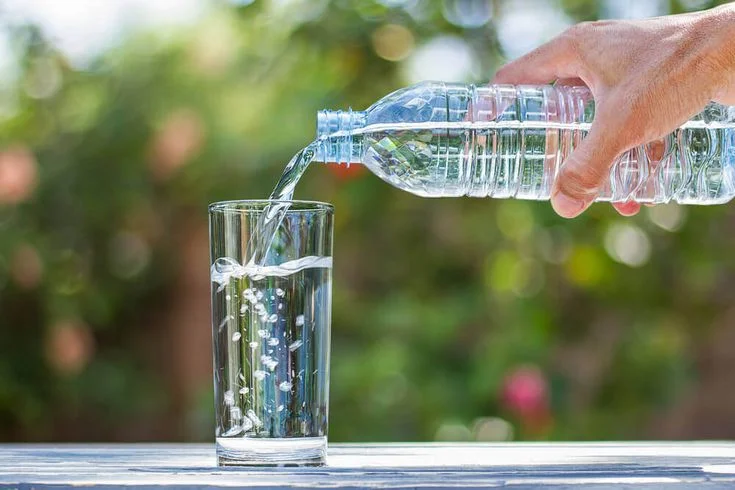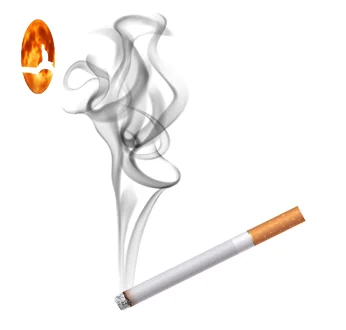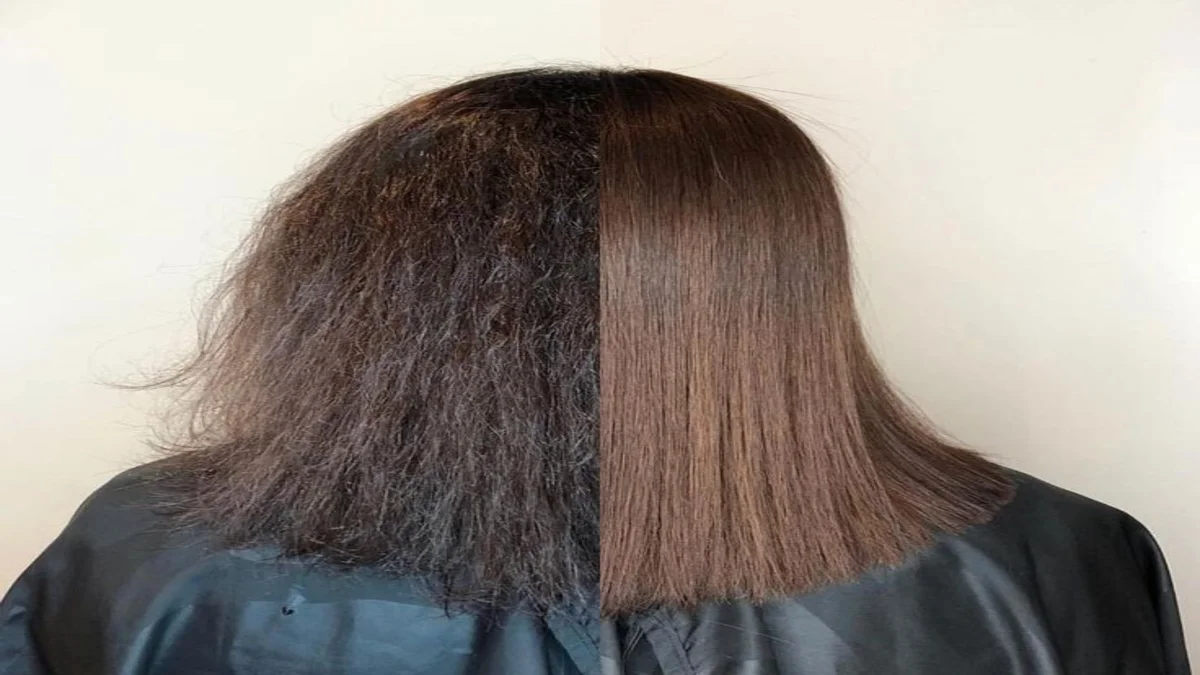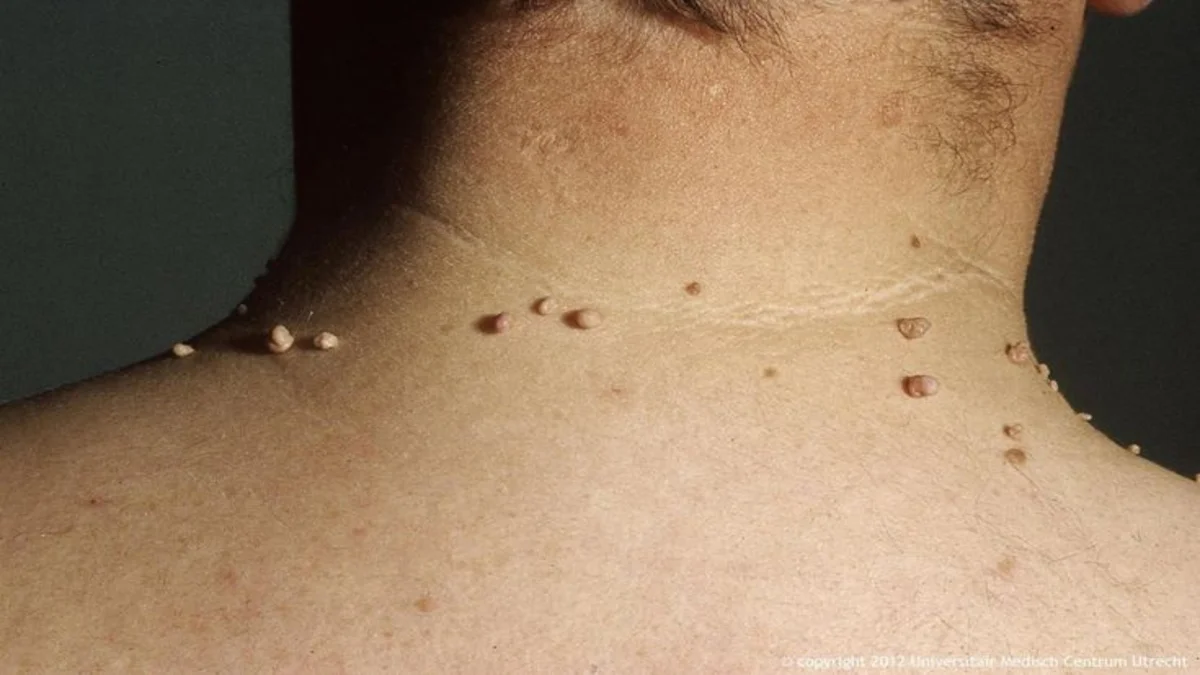Discover how to reduce keratin in body Naturally in your body with these simple methods. Say goodbye to rough, bumpy skin
Keratin is a protein that is found in our hair, skin, and nails. While it’s essential for maintaining healthy hair and skin, an excess of keratin can lead to problems like rough skin or unwanted hair growth. It’s important to take steps to reduce keratin levels in the body to maintain a healthy balance.
What is Keratin?
Understanding Keratin: The Building Block of Hair, Skin, and Nails
Have you ever wondered why your hair, skin, and nails look and feel the way they do?
The answer lies in a protein called keratin.
This crucial protein is responsible for providing structure and strength to these parts of your body.
But what exactly is keratin, and why is it so important?
Keratin is a fibrous structural protein that is naturally present in our bodies.
It plays a vital role in the health and integrity of our hair, skin, and nails.
This protein acts as a protective layer, shielding these areas from damage, environmental stressors, and dehydration.
Without adequate keratin levels, our hair can become brittle, our skin may lose its elasticity, and our nails might become weak and prone to breakage.
Reducing keratin levels in the body naturally can be essential for maintaining healthy hair, skin, and nails.
By following simple methods, you can promote balanced keratin production and support the overall health of these critical body parts.
Some natural ways to reduce keratin levels include maintaining a well-rounded diet rich in vitamins and minerals, staying hydrated, minimizing stress levels, and using gentle hair and skincare products.
In this article, we will delve deeper into the importance of keratin in the body and explore various practical techniques to naturally reduce keratin levels.
By implementing these strategies, you can enhance the health and appearance of your hair, skin, and nails, ultimately leading to a more vibrant and confident you.
Let’s embark on this journey towards healthier, more radiant hair, skin, and nails together.
Function of Keratin in the Body
Keratin, a key structural protein in the body, plays a vital role in various tissues, including the skin, hair, and nails.
Understanding the function of keratin is essential for appreciating its significance in maintaining healthy body structures.
Keratin serves as a protective barrier, especially in the skin, shielding it from external factors such as UV radiation, pollutants, and infections.
It helps in preventing dehydration and damage to the skin, promoting overall skin health.
In hair, keratin provides strength and elasticity, contributing to the hair’s structure and preventing breakage.
Additionally, keratin plays a role in nail health by providing rigidity and durability to the nails, protecting them from damage, and allowing them to grow.
The function of keratin extends beyond its structural role.
It is also involved in cell regeneration and repair processes.
For example, in the skin, keratinocytes produce keratin as part of the skin renewal process, ensuring healthy and intact skin layers.
Furthermore, keratin is essential for maintaining the integrity of epithelial cells lining internal organs and body cavities.
These cells rely on keratin for strength and resilience, enabling them to fulfill their protective functions effectively.
By incorporating methods to reduce excessive keratin production naturally, individuals can maintain a balance that supports healthy skin, hair, and nails, contributing to their overall quality of life.
How to Reduce Keratin in Body Naturally?
1. Gentle Physical Exfoliation
By using gentle exfoliants like a soft brush or a mild scrub, you can effectively reduce keratin buildup, revealing a vibrant complexion.
This process helps to slough off dead skin cells, allowing your skin to breathe and absorb nourishing products better.
Not only does gentle physical exfoliation promote skin renewal, but it also aids in preventing clogged pores and acne breakouts.
With just a few simple steps, you can incorporate this technique into your skincare routine and achieve that radiant glow you’ve been longing for.
2. Chemical Exfoliation
Chemical exfoliation might be the secret ingredient you’ve been overlooking.
By utilizing potent acids such as AHAs and BHAs, this method works wonders in sloughing off dead skin cells, revealing a fresh and radiant complexion underneath.
The key is to understand your skin type and choose the right exfoliant to suit your needs.
Whether combating acne, dullness, or uneven texture, chemical exfoliation offers a gentle yet effective solution.
It’s time to bid adieu to rough, lackluster skin and embrace a smoother, more luminous appearance.
Swipe away those impurities and uncover the glowing skin you deserve today!
3. Staying Hydrated

One simple solution might already be within your reach: staying hydrated.
Hydration is key to a healthy body, aiding digestion, regulating body temperature, and supporting various bodily functions.
By drinking an adequate amount of water daily, you can reduce fatigue, increase concentration, and even help with weight management.
Dehydration can lead to issues like dry skin, headaches, and dizziness, so it’s crucial to prioritize staying hydrated throughout the day.
With just a little extra effort to drink more water, you can experience a multitude of benefits for your health and vitality.
4. Healthy Diet

A key component lies in the food you consume.
By prioritizing fresh fruits, vegetables, lean proteins, and whole grains, you can provide your body with essential nutrients.
These foods contribute to reducing inflammation, boosting immunity, and maintaining a healthy weight.
Incorporating a variety of colorful produce ensures a spectrum of vitamins and minerals.
Alongside this, hydrating adequately and moderating sugar and processed food intake are vital.
Remember, a healthy diet fuels your body, mind, and overall quality of life, making it a cornerstone of wellness.
How can you start making small changes today?
5. Reducing Protein Intake
Start by incorporating more plant-based meals into your diet and cutting back on high-protein animal products.
Opt for whole grains, fruits, and vegetables to balance your nutrient intake.
Consider swapping out protein-heavy snacks for lighter options like nuts and seeds.
Remember, moderation is key – gradual changes can help your body adjust.
By making mindful choices, you can successfully lower your protein intake while maintaining a balanced and nutritious diet.
6. Limiting Creatine Supplements
While creatine can enhance performance, overuse may lead to adverse effects.
Side effects like dehydration, cramping, and even kidney damage can occur if not controlled.
To avoid these risks, it’s essential to limit your intake and focus on obtaining nutrients from a balanced diet.
By incorporating a variety of whole foods into your meals, you can still support your fitness journey without solely relying on supplements.
Remember, moderation is key when it comes to any form of supplementation – including creatine.
7. Avoiding Too Much NSAIDs
It’s crucial to understand the risks associated with excessive use.
Opt for natural alternatives like gentle exercises, hot/cold therapy, or herbal remedies to reduce inflammation.
Consult a healthcare provider to explore non-pharmacological solutions tailored to your needs.
Remember, long-term NSAID usage can lead to gastrointestinal problems, kidney issues, and cardiovascular complications.
Prioritize your health by balancing pain management strategies effectively.
Stay informed, stay safe, and make informed decisions when it comes to your well-being.
8. Quitting Smoking

Quitting smoking is a pivotal step toward a healthier lifestyle.
With determination and support, you can successfully overcome this addictive habit.
Discover the benefits of quitting, from improved lung function to reduced risk of various diseases.
Explore proven strategies to help you quit, such as setting a quit date, seeking support from loved ones, and utilizing nicotine replacement therapy.
Embrace a smoke-free life and enjoy the countless rewards that come with breaking free from addiction.
Your journey to a smoke-free life starts today!
Key Points to Remember:
Moisturize Daily:
Keeping your skin hydrated can prevent excessive keratin production and promote smoother skin.
Incorporate Omega-3 Fatty Acids:
Foods rich in omega-3 fatty acids help reduce inflammation and regulate keratin production.
Use Coconut Oil:
Applying coconut oil to the affected areas can help soften rough skin and reduce keratin buildup.
Try Natural Scrubs:
Homemade scrubs using ingredients like sugar or coffee grounds can help slough off dead skin cells and reduce keratin accumulation.
By following these natural methods, you can actively work towards reducing keratin in your body and maintaining healthier skin.
Remember, consistency is key when it comes to seeing results.
So, make these practices a regular part of your skincare routine to effectively manage keratin levels and enjoy smoother, softer skin.
Now, say goodbye to rough, bumpy skin and hello to a healthier, more radiant complexion with these simple yet effective tips for reducing keratin naturally.
Common Symptoms of Excess Keratin
Are you experiencing rough, bumpy skin or struggling with persistent acne?
These could be signs of excess keratin in your body.
Keratin is a protein that plays a crucial role in maintaining the structure of your skin, hair, and nails.
However, when its production goes into overdrive, it can lead to various skin issues.
Let’s explore some common symptoms of excess keratin that you should be aware of:
Rough and Bumpy Skin
One of the telltale signs of excess keratin is the development of rough, bumpy patches on your skin.
This condition, known as keratosis pilaris, occurs when there is a build-up of keratin around hair follicles, causing a sandpaper-like texture.
Acne
Excessive keratin production can clog hair follicles and pores, leading to the formation of acne.
If you’re dealing with persistent breakouts, especially in areas where sebaceous glands are more active, such as the face, chest, and back, it could be due to elevated keratin levels.
Dry, Flaky Skin
When there is an imbalance in keratin production, it can disrupt the skin’s natural exfoliation process, resulting in dry, flaky skin.
This can make your skin appear dull and rough to the touch.
Brittle Nails
If your nails are brittle, prone to splitting, or appear thickened, it could be a sign of excess keratin.
Keratin is essential for nail health, but too much of it can lead to nail abnormalities.
By recognizing these symptoms of excessive keratin build-up, you can take steps to address the underlying cause and restore your skin’s health and vitality.
Conclusion
Maintaining balanced keratin levels in your body is vital for healthy hair, skin, and nails. Since genetic and environmental factors, along with your diet and lifestyle, can cause excess keratin production, you may manage these levels by using natural remedies shared above.
Always seek advice from a healthcare professional before making big dietary changes or starting new skincare products. By being watchful and proactive about managing your keratin levels, you may be able to maintain a healthy balance in your body functions and enjoy healthier skin, hair, and nails.
FAQs
What causes too much keratin in the body?
How do you remove excess keratin in your body?
What can destroy keratin?
What enzyme breaks down keratin?
References
- National Center for Biotechnology Information (NCBI). Pathophysiology of keratinization – PMC [Internet]. [cited 2024 Mar 8]. Available from: https://www.ncbi.nlm.nih.gov/pmc/articles/PMC5917548
- National Center for Biotechnology Information (NCBI). Diet and hair loss: effects of nutrient deficiency and supplement use – PMC [Internet]. [cited 2024 Mar 8]. Available from: https://www.ncbi.nlm.nih.gov/pmc/articles/PMC5315033
- National Center for Biotechnology Information (NCBI). Regulation of keratin expression by retinoids – PMC [Internet]. [cited 2024 Mar 8]. Available from: https://www.ncbi.nlm.nih.gov/pmc/articles/PMC3219164
- National Center for Biotechnology Information (NCBI). What is vitamin A and why do we need it? [Internet]. [cited 2024 Mar 8]. Available from: https://www.ncbi.nlm.nih.gov/pmc/articles/PMC3936685
- National Center for Biotechnology Information (NCBI). Medical and Dietary Uses of N-Acetylcysteine – PMC [Internet]. [cited 2024 Mar 8]. Available from: https://www.ncbi.nlm.nih.gov/pmc/articles/PMC6562654
- National Center for Biotechnology Information (NCBI). Antioxidant activity and leukemia initiation prevention in vitro and in vivo by N-acetyl-L-cysteine – PMC [Internet]. [cited 2024 Mar 8]. Available from: https://www.ncbi.nlm.nih.gov/pmc/articles/PMC6036344
- National Center for Biotechnology Information (NCBI). Protective Effect of Garlic on Cellular Senescence in UVB-Exposed HaCaT Human Keratinocytes – PMC [Internet]. [cited 2024 Mar 8]. Available from: https://www.ncbi.nlm.nih.gov/pmc/articles/PMC4997377
- American Academy of Dermatology. <a href=”https://www.ehealthcaresolutions.com/contact-us/” target=”_blank”>Advertisement</a>How to treat different types of acne [Internet]. [cited 2024 Mar 8]. Available from: https://www.aad.org/public/diseases/acne/diy/types-breakouts
- American Academy of Dermatology. Keratosis pilaris: Overview [Internet]. [cited 2024 Mar 8]. Available from: https://www.aad.org/diseases/a-z/keratosis-pilaris-overview
- National Center for Biotechnology Information (NCBI). Electrolytically generated hydrogen warm water cleanses the keratin-plug-clogged hair-pores and promotes the capillary blood-streams, more markedly than normal warm water does – PMC [Internet]. [cited 2024 Mar 8]. Available from: https://www.ncbi.nlm.nih.gov/pmc/articles/PMC5937298
- National Center for Biotechnology Information (NCBI). Skin Keratins – PMC [Internet]. [cited 2024 Mar 8]. Available from: https://www.ncbi.nlm.nih.gov/pmc/articles/PMC4902878
- National Center for Biotechnology Information (NCBI). Association of dietary proteins with serum creatinine and estimated glomerular filtration rate in a general population sample: the CHRIS study – PMC [Internet]. [cited 2024 Mar 8]. Available from: https://www.ncbi.nlm.nih.gov/pmc/articles/PMC9894942
- National Center for Biotechnology Information (NCBI). Dietary Phosphorus Intake and the Kidney – PMC [Internet]. [cited 2024 Mar 8]. Available from: https://www.ncbi.nlm.nih.gov/pmc/articles/PMC5686387
- PubMed. The role of phosphate in kidney disease [Internet]. [cited 2024 Mar 8]. Available from: https://pubmed.ncbi.nlm.nih.gov/27867189
- National Center for Biotechnology Information (NCBI). The Association Between Smoking and Renal Function in People Over 20 Years Old – PMC [Internet]. [cited 2024 Mar 8]. Available from: https://www.ncbi.nlm.nih.gov/pmc/articles/PMC9205397
- PubMed. Alcohol Consumption and Incident Kidney Disease: Results From the Atherosclerosis Risk in Communities Study [Internet]. [cited 2024 Mar 8]. Available from: https://pubmed.ncbi.nlm.nih.gov/30850190
- National Center for Biotechnology Information (NCBI). Alcohol Misuse and Kidney Injury: Epidemiological Evidence and Potential Mechanisms – PMC [Internet]. [cited 2024 Mar 8]. Available from: https://www.ncbi.nlm.nih.gov/pmc/articles/PMC5513691
- National Center for Biotechnology Information (NCBI). Alcohol Consumption Can be a “Double-Edged Sword” for Chronic Kidney Disease Patients – PMC [Internet]. [cited 2024 Mar 8]. Available from: https://www.ncbi.nlm.nih.gov/pmc/articles/PMC6767945
- National Center for Biotechnology Information (NCBI). Effect of Diet on Serum Creatinine in Healthy Subjects During a Phase I Study – PMC [Internet]. [cited 2024 Mar 8]. Available from: https://www.ncbi.nlm.nih.gov/pmc/articles/PMC5047024
- National Center for Biotechnology Information (NCBI). Vegetable-Based Diets for Chronic Kidney Disease? It Is Time to Reconsider – PMC [Internet]. [cited 2024 Mar 8]. Available from: https://www.ncbi.nlm.nih.gov/pmc/articles/PMC6627351
- National Kidney Foundation. Creatinine [Internet]. [cited 2024 Mar 8]. Available from: https://www.kidney.org/atoz/content/what-creatinine
- National Kidney Foundation. Herbal Supplements and Kidney Disease [Internet]. [cited 2024 Mar 8]. Available from: https://www.kidney.org/atoz/content/herbalsupp
Disclaimer: The information provided here is for educational/awareness purposes only and is not intended to be a substitute for medical treatment by a healthcare professional and should not be relied upon to diagnose or treat any medical condition. The reader should consult a registered medical practitioner to determine the appropriateness of the information before consuming any medication. Elnodi does not provide any guarantee or warranty (express or implied) regarding the accuracy, adequacy, completeness, legality, reliability, or usefulness of the information; and disclaims any liability arising thereof.





